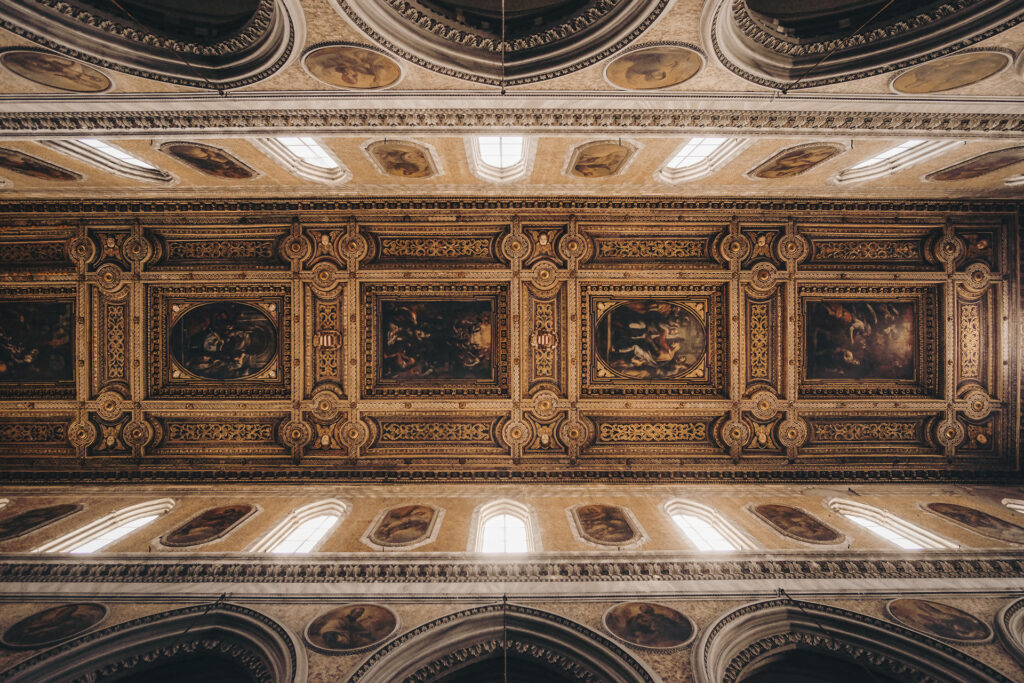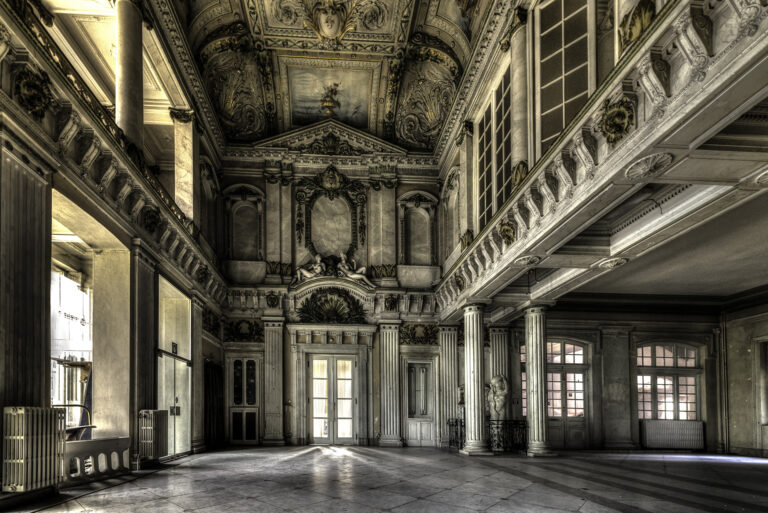
Baroque architecture is one of the most prominent architectural styles, emerging in the 17th century in Italy and rapidly spreading across Europe and even Latin America. Due to its complex features, lavish decorations, and dynamic sense created in structures, it remains one of the most captivating periods in the history of architecture.
History and Background
Baroque architecture emerged in response to the Counter-Reformation movement of the Catholic Church as an artistic reaction to the Protestant Reformation. Churches and public buildings of this period were designed to display the grandeur and power of the Church and to evoke a sense of religious fervor and excitement among people.
Features of Baroque Architecture
1. Complex and Flexible Plans
Baroque architects used elliptical and curved forms to design floor plans. These forms contributed to creating a sense of dynamism within spaces.
2. Grand and Ornamental Domes
Domes were a key element in Baroque architecture, adorned with intricate decorations and three-dimensional paintings that conveyed a sense of height and grandeur.
3. Play of Light and Shadow
Lighting was another outstanding feature of Baroque architecture. The use of large windows and natural light emphasized
4. Lavish and Magnificent Decorations
Columns, plasterwork, and walls were adorned with plant motifs, religious figures, and gilding.
5. Movement in Facades and Spaces
The exterior and interior facades of buildings featured curves and twists that conveyed a sense of movement and dynamism to the viewer.
Prominent Examples of Baroque Architecture
1. St. Peter's Basilica
This church in Vatican City, designed by renowned architects such as Michelangelo and Bernini, is considered one of the masterpieces of Baroque architecture. Its interior is enriched with a grand dome and golden decorations.
2. Palace of Versailles
This palace in France is recognized as a symbol of the power and grandeur of King Louis XIV. The design of its gardens and the luxurious interior exemplify the influence of Baroque architecture in non-religious settings.
3. St. Paul’s Cathedral
This cathedral in London, designed by Christopher Wren, features a massive dome and is one of the most outstanding elements of Baroque architecture in England.
Influence of Baroque Architecture
Baroque architecture had a profound impact on other arts, including painting, sculpture, and music. This style was not limited to Catholic European countries but also spread to Spanish and Portuguese colonies in South America. In addition to churches, palaces, and public buildings were also influenced by this style.
Conclusion
Baroque architecture was not just a construction style but an artistic and cultural statement that showcased grandeur, power, and dynamism. Through its intelligent use of light, intricate decorations, and dynamic forms, it successfully conveyed a sense of passion and movement to its audience. Today, Baroque architecture remains a source of inspiration for architects and art enthusiasts worldwide, offering an unforgettable experience of art and history through visits to its splendid structures.


No comments yet.